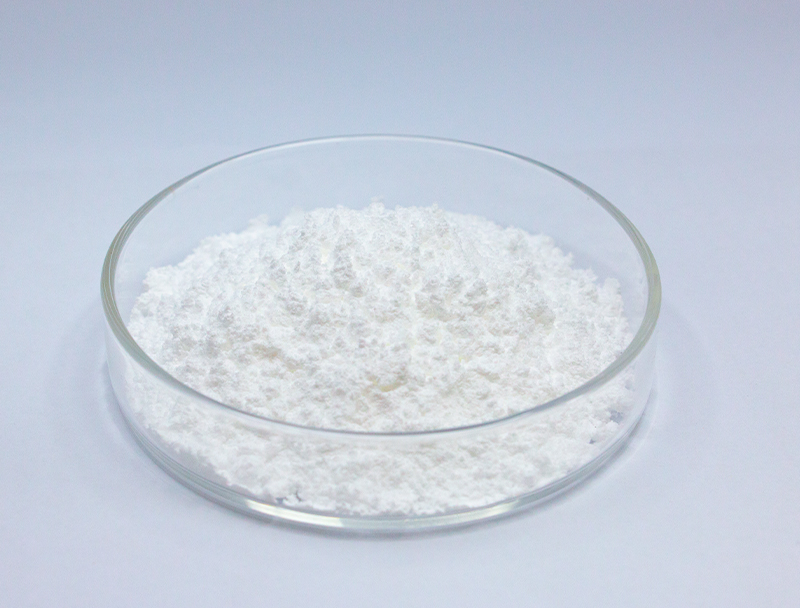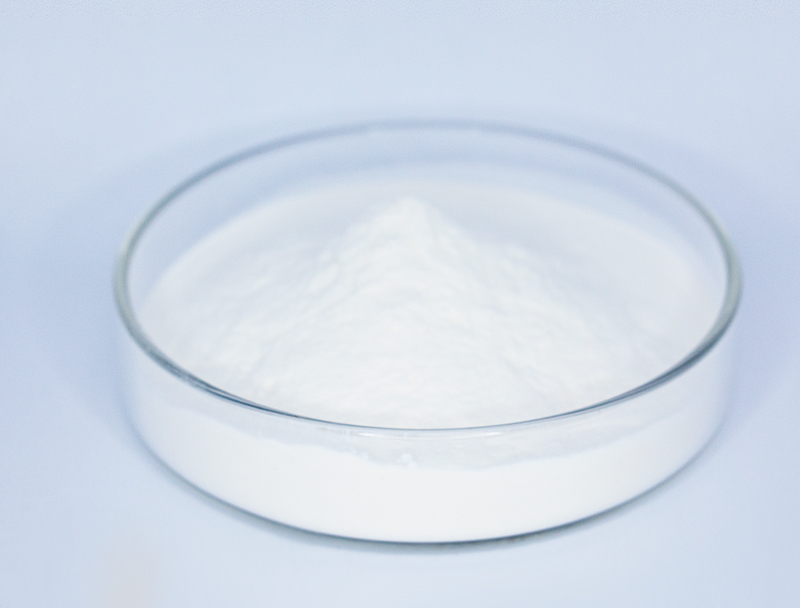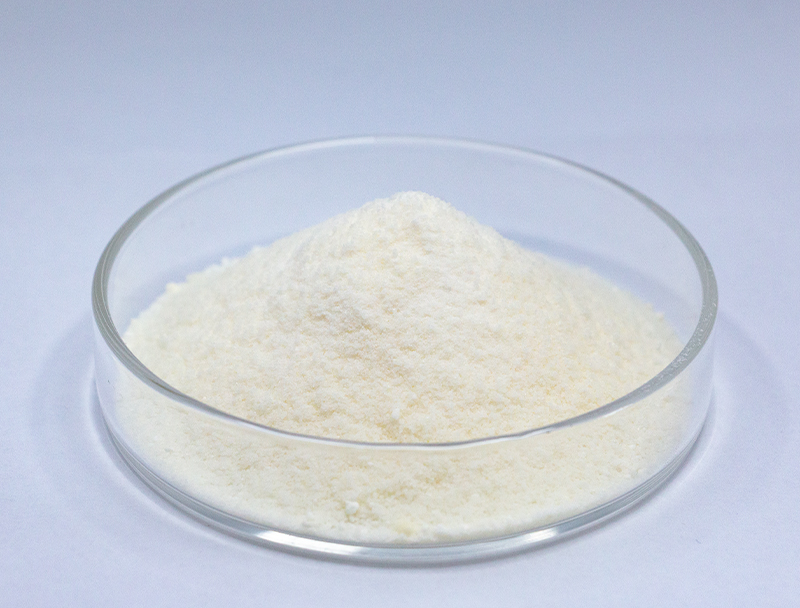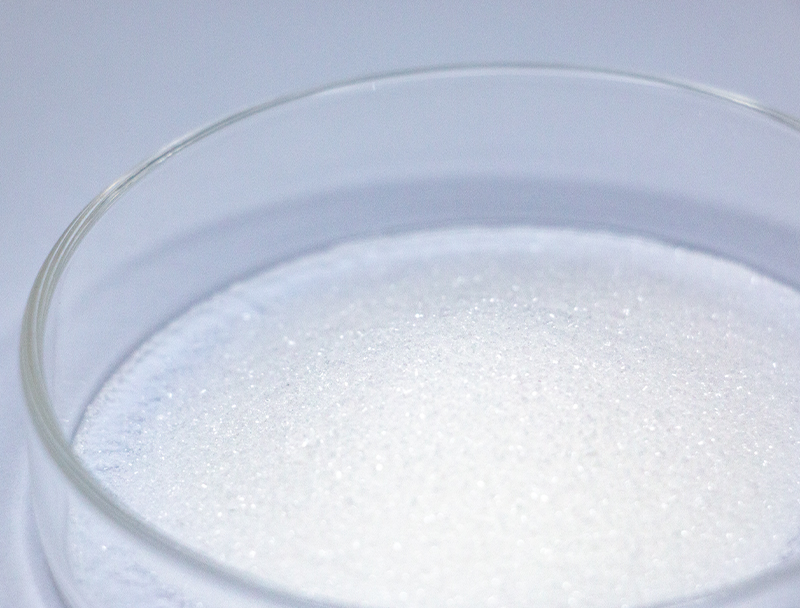
Biomanufacturing relies heavily on a diverse spectrum of base components to manufacture advanced biological products.
Safeguarding long-term supply of raw inputs dictates persistent stability and principled industry advancement.
various risks tied to conventional feedstock acquisition such as ecological damage and resource depletion. Hence, stakeholders must deploy sustainable supply practices to minimize environmental costs.
- Representations of ethical supply approaches are:
- Harnessing secondary biomass from farming outputs
- Adopting looped production models to decrease loss and amplify reuse
- Aligning with domestic providers that adhere to transparent sourcing
Embracing sustainable procurement produces environmental benefits with profitable potential.
Maximizing Feedstock Quality for Increased Biofuel Output
Increasing biofuel conversion efficiency is tied to feedstock composition and condition. Engineers continually develop approaches to improve biomass suitability, yielding greater biofuel outputs and greener energy prospects. Tactics include molecular breeding to increase biomass and chemical or physical pretreatments to release sugars.
- Additionally, researchers are focusing on identifying new sources of biomass, such as algae, waste products, agricultural residues, to expand the range of sustainable feedstocks available for biofuel production.
- Through these continuous efforts, the field of biofuel production is poised to make significant progress in the coming years, paving the way for a more renewable energy landscape.

Optimizing Early-Stage Biomanufacturing Processes
embraces initial workflow stages from growth to harvesting Contemporary breakthroughs have refined protocols and elevated product throughput.
Notable improvements feature new expression systems, refined media recipes, and automated reactor platforms. The improvements increase output while decreasing cost structures and sustainability impacts.
- Furthermore, there is a growing trend towards continuous processing in upstream processing, allowing for increased flexibility over the production process.
- Embracing sophisticated manufacturing strategies is poised to change industry norms and shorten development cycles.

CRISPR and Beyond: Improving Biopharma Production
developments in targeted genetic engineering methodologies have modernized drug manufacturing. Using precise gene interventions, engineers raise the output of key therapeutic proteins. The technique provides opportunities to manufacture economical, high-yield therapeutics for varied indications.
Microbial Biotechnology as a Sustainable Cleanup Strategy
novel biological remediation techniques leveraging microbial metabolisms for pollution control. Microbial communities can biotransform hazardous materials into lower-risk substances. Harnessing microbe-based degradation fosters cleanup tactics that minimize environmental disruption and residual waste.. Scientists evaluate varied microbes for potential to remediate metal contaminants, pesticide compounds, and oil-derived pollutants.. These microbes operate in engineered systems or direct environmental applications to metabolize and remove contaminants.
Employing microbial strategies for remediation provides multiple benefits versus traditional techniques. Such strategies are budget-friendly and lessen the creation of harmful byproducts. In addition, microbial approaches enable pollutant-specific treatment without broad ecological disruption. Ongoing innovation aims to boost the throughput and efficacy of microbe-driven remediation approaches.
Leveraging Bioinformatics for Novel Therapeutics
Computational biology approaches are becoming vital across contemporary drug R&D. By integrating diverse datasets, bioinformatics enhances candidate identification and therapeutic optimization.
- Via examination of genomic, proteomic, and clinical datasets, researchers pinpoint targets and project drug activity.
- Additionally, simulation tools enable prediction of binding and activity, guiding creation of more potent drugs.
- To conclude, computational approaches are revolutionizing discovery and reducing time-to-patient for effective drugs.
Metabolic Engineering Strategies for Enhanced Bioproduct Synthesis
uses diverse methods to increase biosynthesis of target bioproducts in organisms. Tactics can encompass genetic engineering to reconfigure metabolism, promoter modulation to adjust expression, and pathway insertion to enable new reactions.. With precise metabolic tuning scientists can greatly enhance yields of desired compounds.
This combined approach has capacity to change industries from drug manufacture to food production and bioenergy.

Scale-Up Challenges and Prospects for Biopharmaceuticals
Moving from bench to commercial scale creates complex challenges and valuable opportunities. One major challenge is maintaining consistent product quality at increased scales. Managing it necessitates robust automation, high-fidelity monitoring, and powerful analytical capabilities.

A further difficulty lies in process complexity, with many interdependent production phases.. Transforming bench processes into industrial practice requires sustained research and engineering innovation. However, the prospective rewards are sizable. Effective scale-up may expand patient access to therapies, cut unit costs, and improve margins.
A series of measures are underway to confront these obstacles. Programs comprise advanced optimization systems, real-time process monitoring tools, and innovative production strategies.
- Product development and process R&D are pivotal to boosting production capabilities.
- Government agencies are streamlining review procedures to permit quicker uptake of new production technologies and foster innovation.
Exploring Approval Frameworks for Biopharmaceutical Safety and Effectiveness
Bringing biologics to market involves rigorous regulation designed to protect patients and confirm therapeutic benefit. Biologic therapeutics bring unique regulatory and manufacturing demands unlike traditional pharmaceuticals.
Regulators such as the FDA and EMA define authorization pathways and quality standards for new biologic medicines..
Strict validation and testing steps are required across the product lifecycle from lab studies to post-market oversight.. These steps are designed to surface risks and verify that biopharmaceuticals comply with elevated safety thresholds..
Furthermore, regulatory bodies are constantly evolving their approaches to keep pace with the rapid advancements in biopharmaceutical research.. Efforts comprise integrating cutting-edge tools and easing development pathways while upholding patient safety.

Plant-Origin Feedstocks in the Production of Bioplastics
The trend toward sustainability stimulates development of renewable material technologies. Plant-derived biomass as input for bioplastics represents a practical route toward greener materials. Plant-based biomass resources such as cornstarch, cellulose, sugarcane can be processed into biodegradable plastics that degrade naturally, minimizing the environmental impact of conventional plastics.
Concurrently, several bioplastic formulations approximate conventional plastic traits and serve wide-ranging applications. Continuous development will unlock plant biomass value for sustainable bioplastic production and support circular systems.
Biotech Innovations Addressing Health and Food Challenges
Biotechnology offers potent solutions for advancing public health and enhancing food security. By β-Nicotinamide Mononucleotide applying gene editing, synthetic biology constructs, and cellular therapies, scientists create tools to fight disease, raise yields, and boost nutrition.. One example is bioengineered crops that withstand pests and stressors, enabling higher yields with less pesticide input.. Concurrently, biotechnology drives development of immunotherapies, antibiotics, and diagnostics that play a key role in controlling diseases and improving health metrics. As research progresses, biotechnology holds immense promise for creating a healthier and more sustainable future for all.
